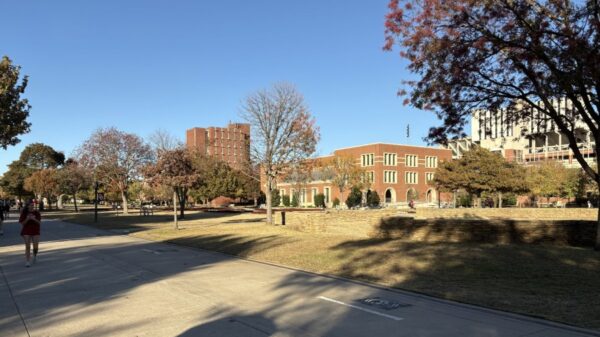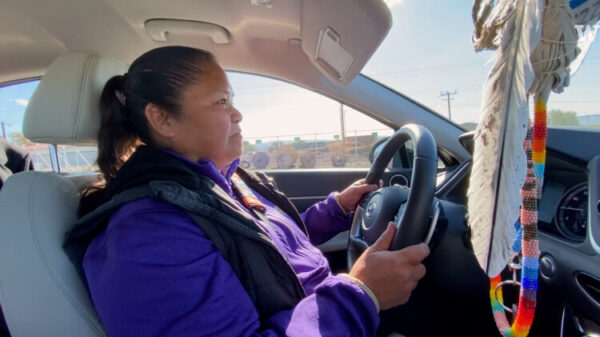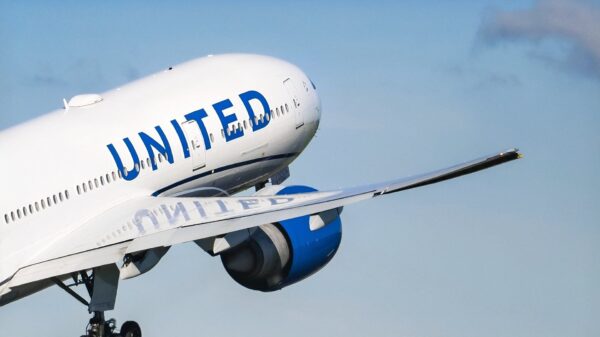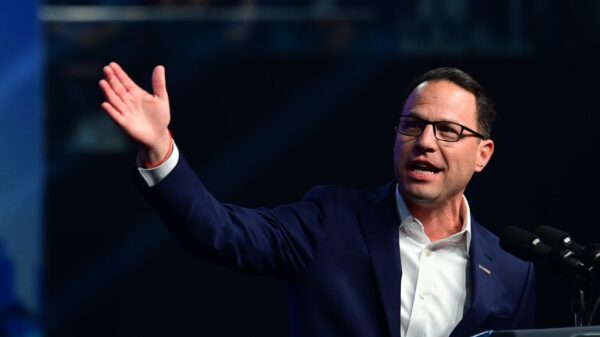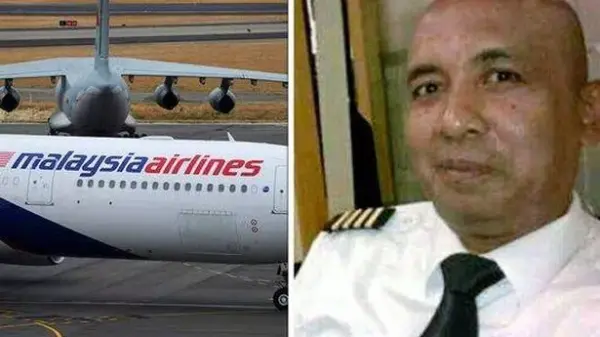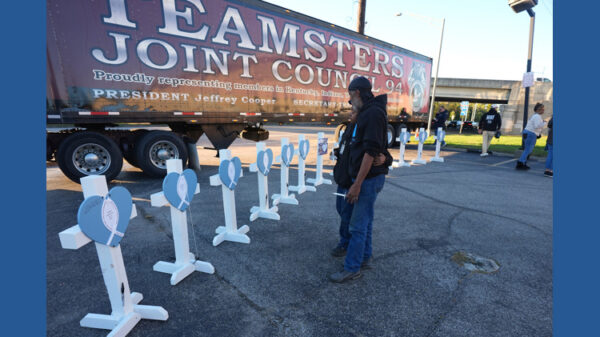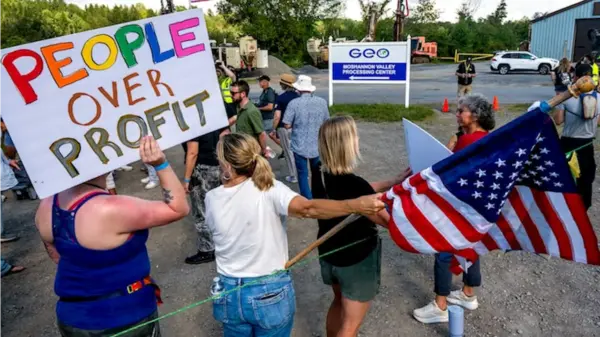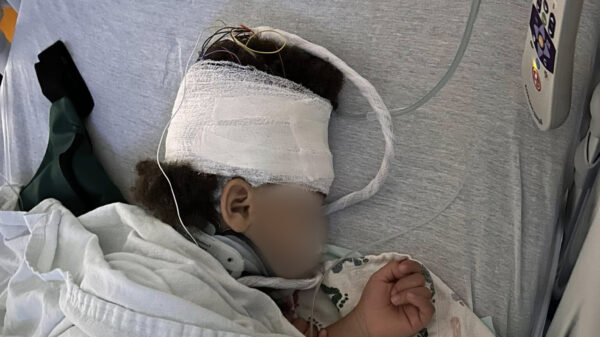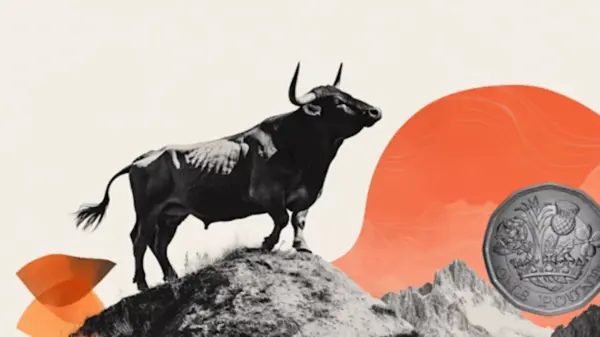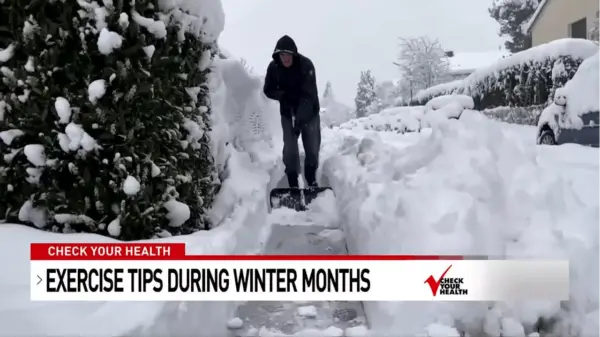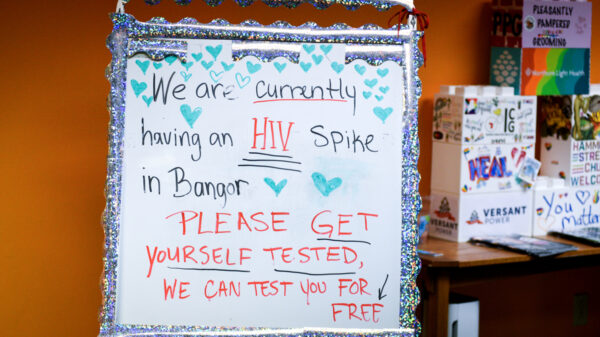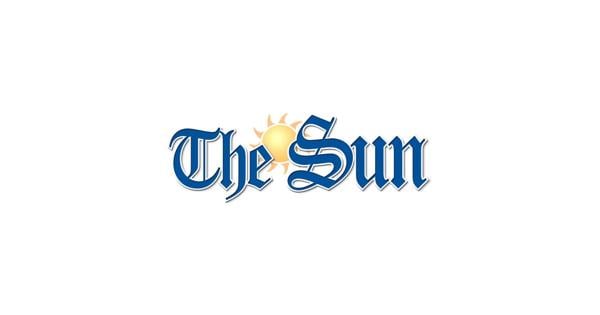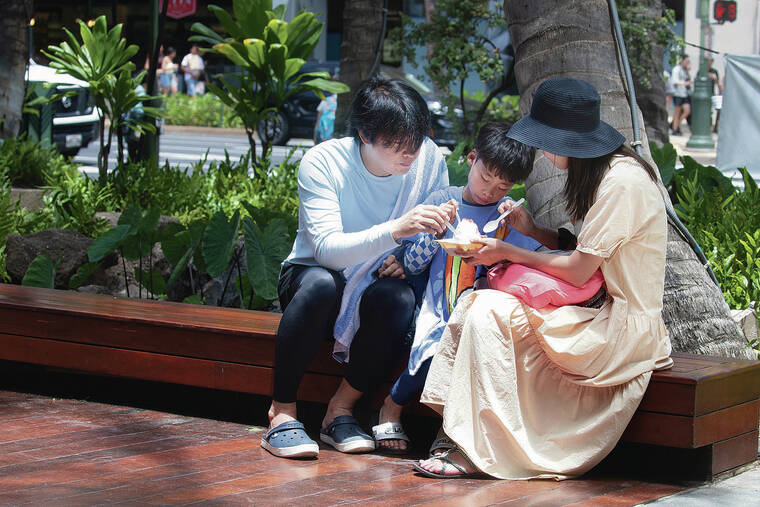Japanese arrivals in Hawaii are expected to rebound in the latter half of 2025, following a sluggish start to the year. Industry experts indicate that this resurgence could enable visitor numbers to finish the year at levels comparable to or slightly better than those in 2024. The anticipated recovery is significant, as Japan remains Hawaii’s primary source of international visitors, with much of the tourism infrastructure on Oahu tailored to this demographic.
The latest quarterly forecast from the Department of Business Economic Development and Tourism (DBEDT) projected approximately 700,000 visitor arrivals from Japan for 2025. This figure represents a 2.8% decline, equating to about 19,599 fewer arrivals compared to 2024. Additionally, spending by Japanese visitors is expected to reach $1.05 billion, marking a 2.4% decline, or a $24 million drop, from the previous year.
Eric Takahata, managing director for Hawai‘i Tourism Japan (HTJ), indicated that the second half of 2025 is showing stronger performance, which may compensate for earlier weaknesses. According to DBEDT, around 319,474 visitors from Japan traveled to Hawaii through June, reflecting a 3.2% decline from the same period in 2024 and a significant 56.5% drop from the first half of 2019. Spending by these visitors totaled $470.4 million, which was 3.3% lower than the same period in 2024 and 54.4% down from 2019.
As the year progresses, Takahata noted that August is projected to be one of the strongest months for Japanese arrivals. He stated, “September numbers should be up over 2024 as well. For year-end, the industry is reporting that the booking pace is really good — it’s up year-over-year.” He further expressed optimism that arrivals from Japan could end the year at least flat, with potential for slight gains, a sentiment echoed by travel sellers such as JTB Hawaii and Outrigger Hospitality Group.
Positive Trends and Upcoming Events
Tetsuya “Ted” Kubo, president and CEO of JTB Hawaii, emphasized an expected increase in arrivals from August through December. Danny Ojiri, vice president of market development at Outrigger Hospitality Group, highlighted that while Hawaiian Airlines has reduced its capacity for the Japan market, Japan Airlines (JAL) and All Nippon Airways (ANA) have stepped up their services. JAL is extending its daily flights from Kansai (Osaka) and Chubu (Nagoya) through January 2026, adding capacity during peak events like the Honolulu Marathon and the festive season.
Ojiri noted that both airlines are achieving higher load factors than the previous year, aided by reduced fuel surcharges of about $100 round-trip compared to the prior year. The strengthening yen, as the Bank of Japan adjusts its monetary policy, contributes to a more favorable outlook. “All of this points to Hawaii ending the year flat to slightly up, which is a meaningful sign of recovery,” he remarked.
The anticipated increase in visitor arrivals from Japan coincides with the Obon holiday in August, a significant time for Japanese travelers. This Buddhist holiday, dedicated to honoring ancestors, traditionally sees increased outbound travel. Kubo explained that the favorable calendar allowed many to take extended time off, leading to a projected 20% increase in arrivals during Obon compared to 2024.
Challenges and Opportunities Ahead
While the outlook for Japanese tourism to Hawaii is improving, challenges remain. Ojiri indicated that despite a 14% increase in overseas travel from Japan this year, Hawaii must focus on attracting affluent travelers, including active seniors and dual-income couples. The resurgence of high-profile concerts and celebrity visits has also rekindled interest in Hawaii as a cultural destination, contributing to this recovery.
Takahata mentioned that while Hawaiian Airlines has scaled back direct flights, JAL and ANA are incentivizing domestic flights to key connecting cities. Kubo noted the positive impact of the Obon holiday on summer promotions in Hawaii, which has rekindled interest from family travelers, a crucial segment previously missing from the market.
Despite the promising signs, Jerry Gibson, president of the Hawai‘i Hotel Alliance, acknowledged that there is room for growth in hotel occupancy rates. He stressed the need for coordinated state-driven marketing efforts to bolster Hawaii’s visitor markets, particularly from Japan. Ojiri raised concerns about mixed messages related to U.S. immigration policies, which may deter families and younger travelers, emphasizing the importance of reassuring potential visitors of Hawaii’s welcoming atmosphere.
As HTJ prepares its budget for 2026, Takahata noted a reduction of $900,000, bringing it to $5.4 million. Despite this challenge, HTJ aims to reinforce the message that “Hawaii Welcomes You” to Japanese tourists. He concluded, “There are people that are going the right thing. They continue to invest in Japan, and they are seeing the rewards.”
As Hawaii navigates the recovery of its tourism sector, the focus on enhancing the experience for Japanese visitors remains a top priority, ensuring that the state’s signature hospitality continues to resonate with this important market.



